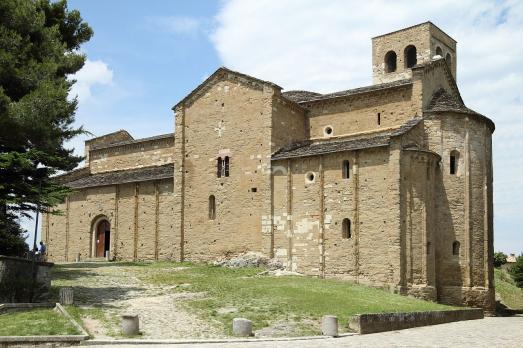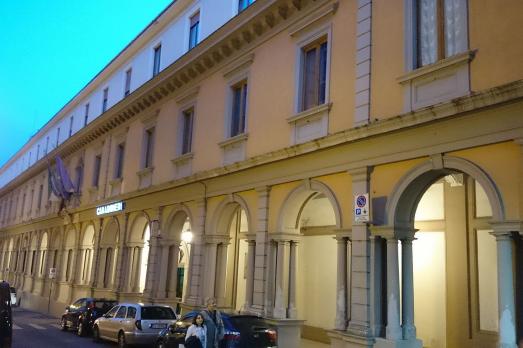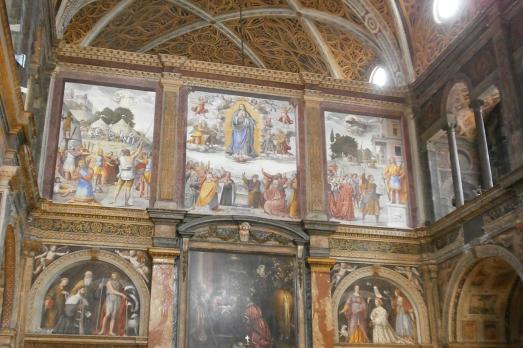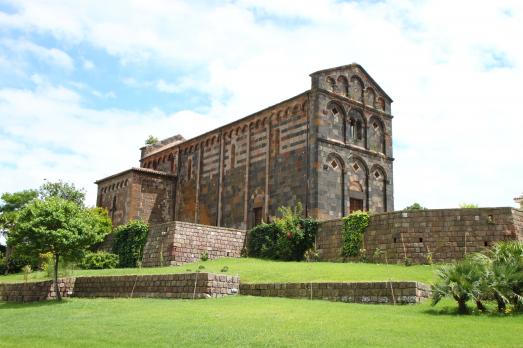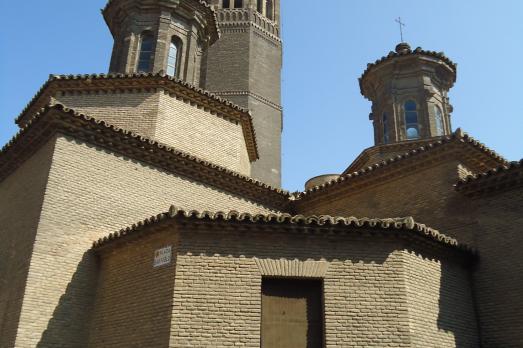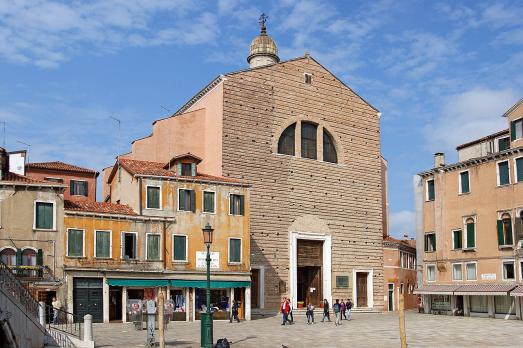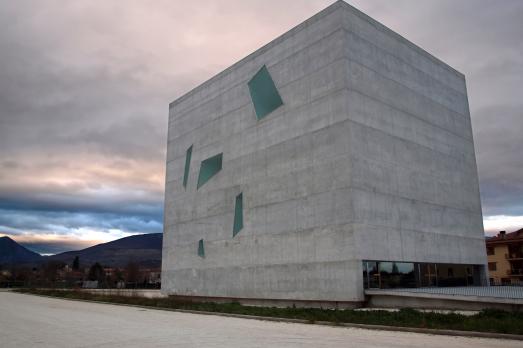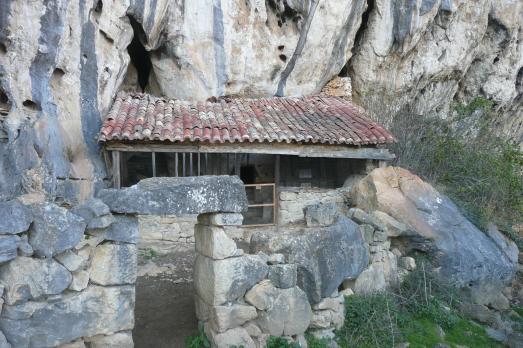
San Juan de Socueva Chapel and Hermitage
Arredondo, ES
The cave church of San Juan de Socueva is a hermitage, currently abandoned, of late medieval origin. The church belongs to the group of rock temples built in different parts of Cantabria between the 8th and 10th centuries. They were founded by Christian settlers who, in the context of the Muslim domination of the Iberian Peninsula, fled the area of direct influence of Al-Andalus and settled in the valleys of the autonomous community. The natural rock is used for paving the ground. Access is through an atrium, facing east, which was built in a rustic style in the 19th century, next to the mouth of the cave. It is covered by a roof and is surrounded by a small fence with a lintel door.
